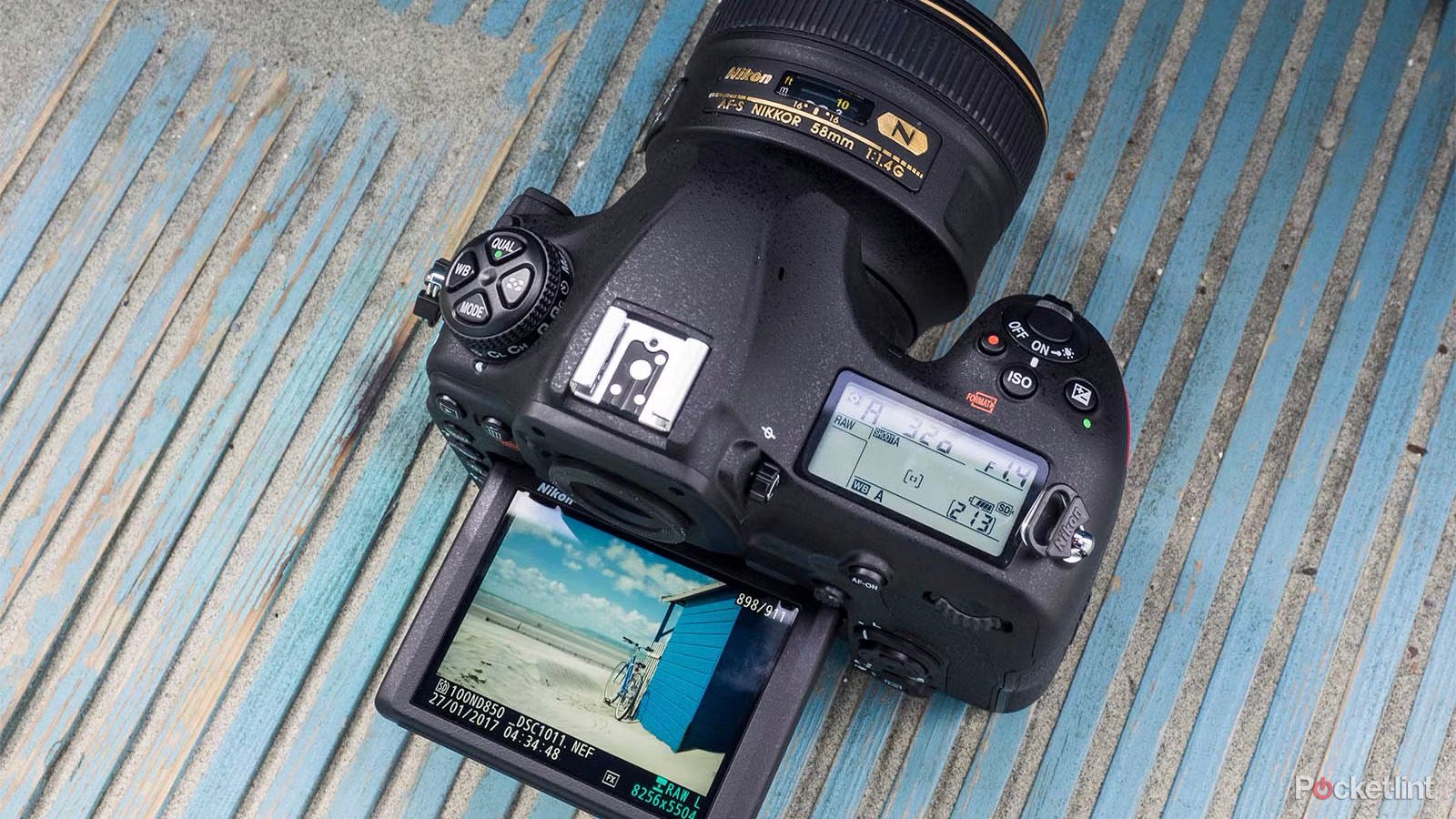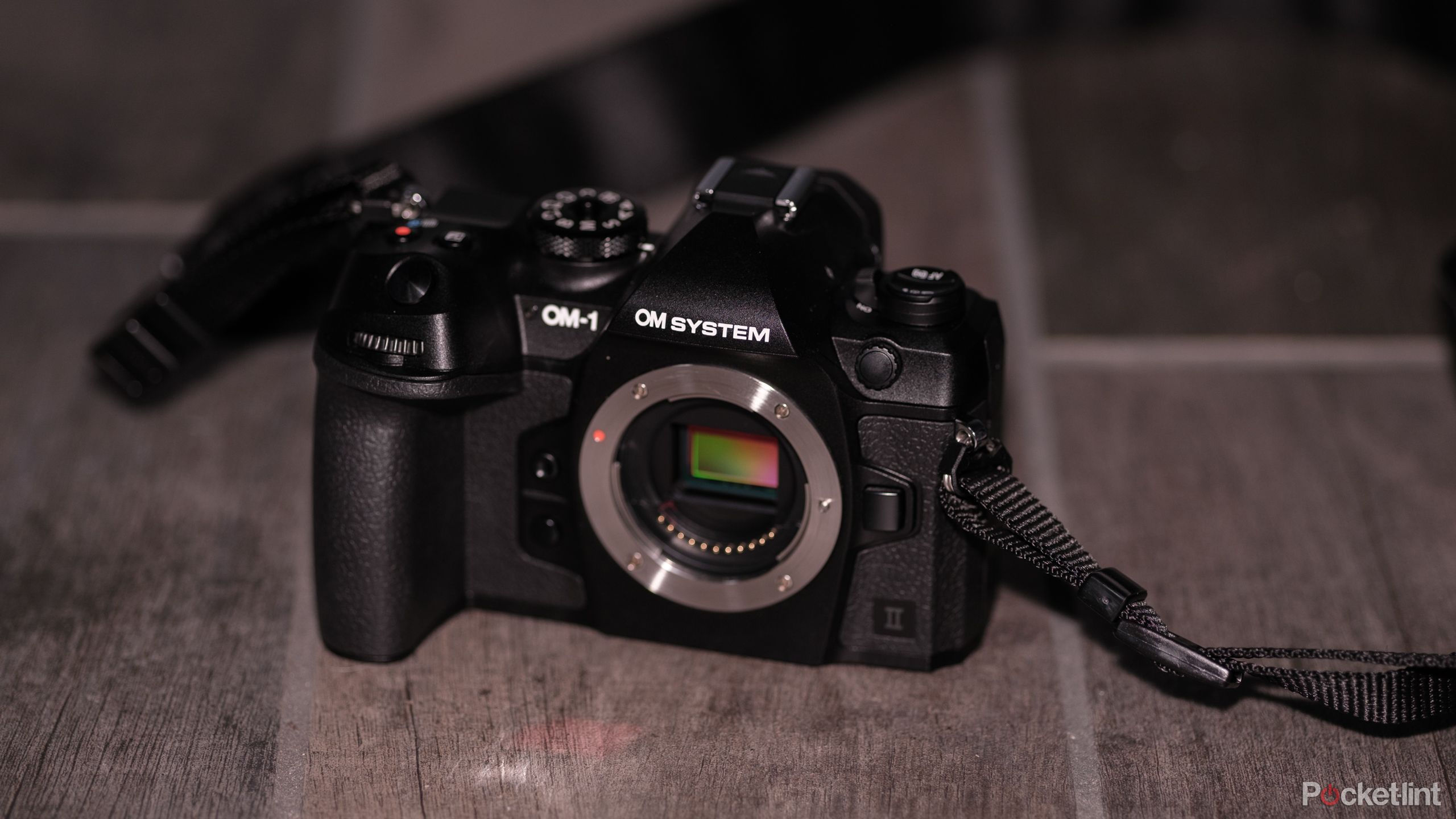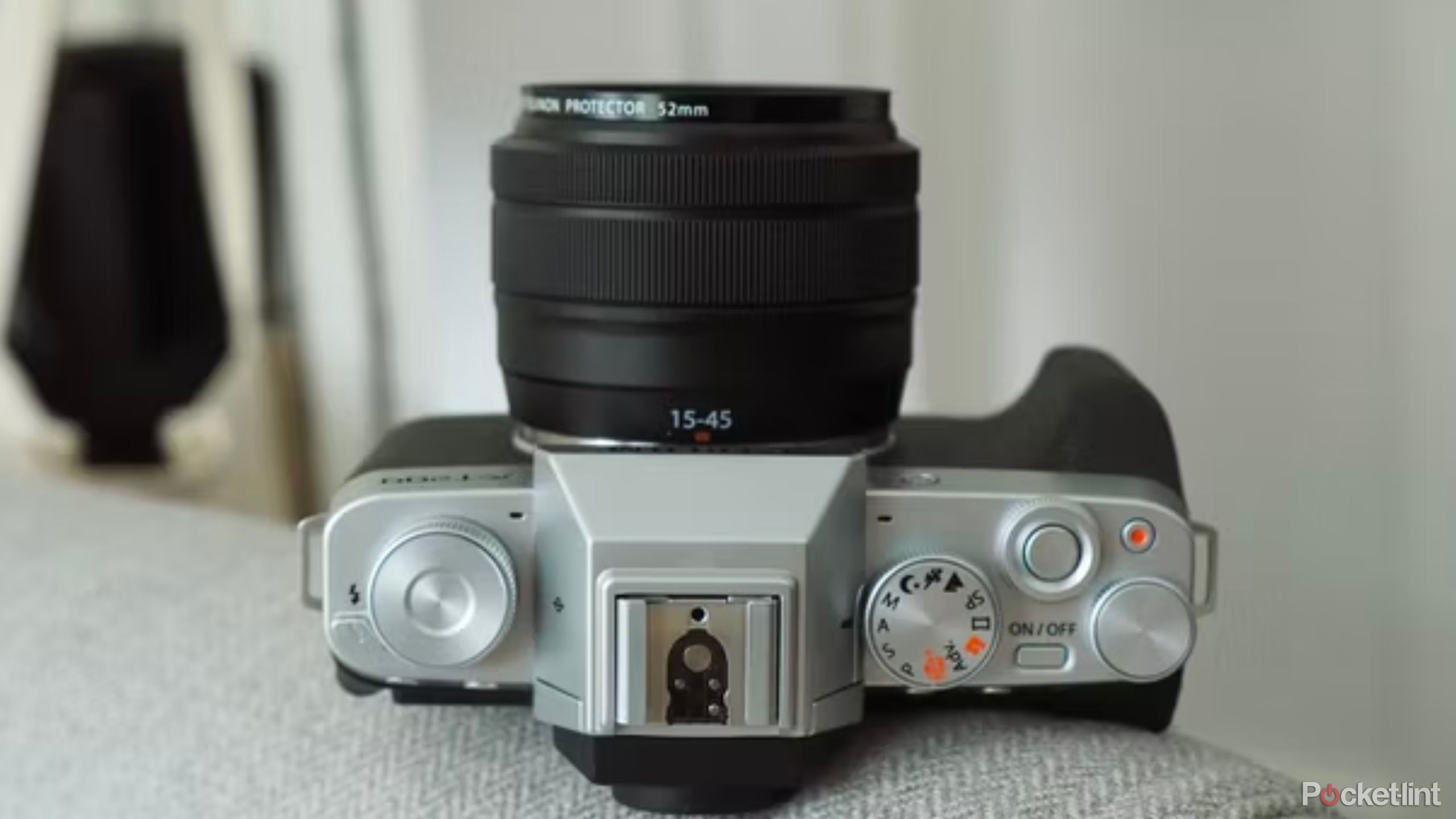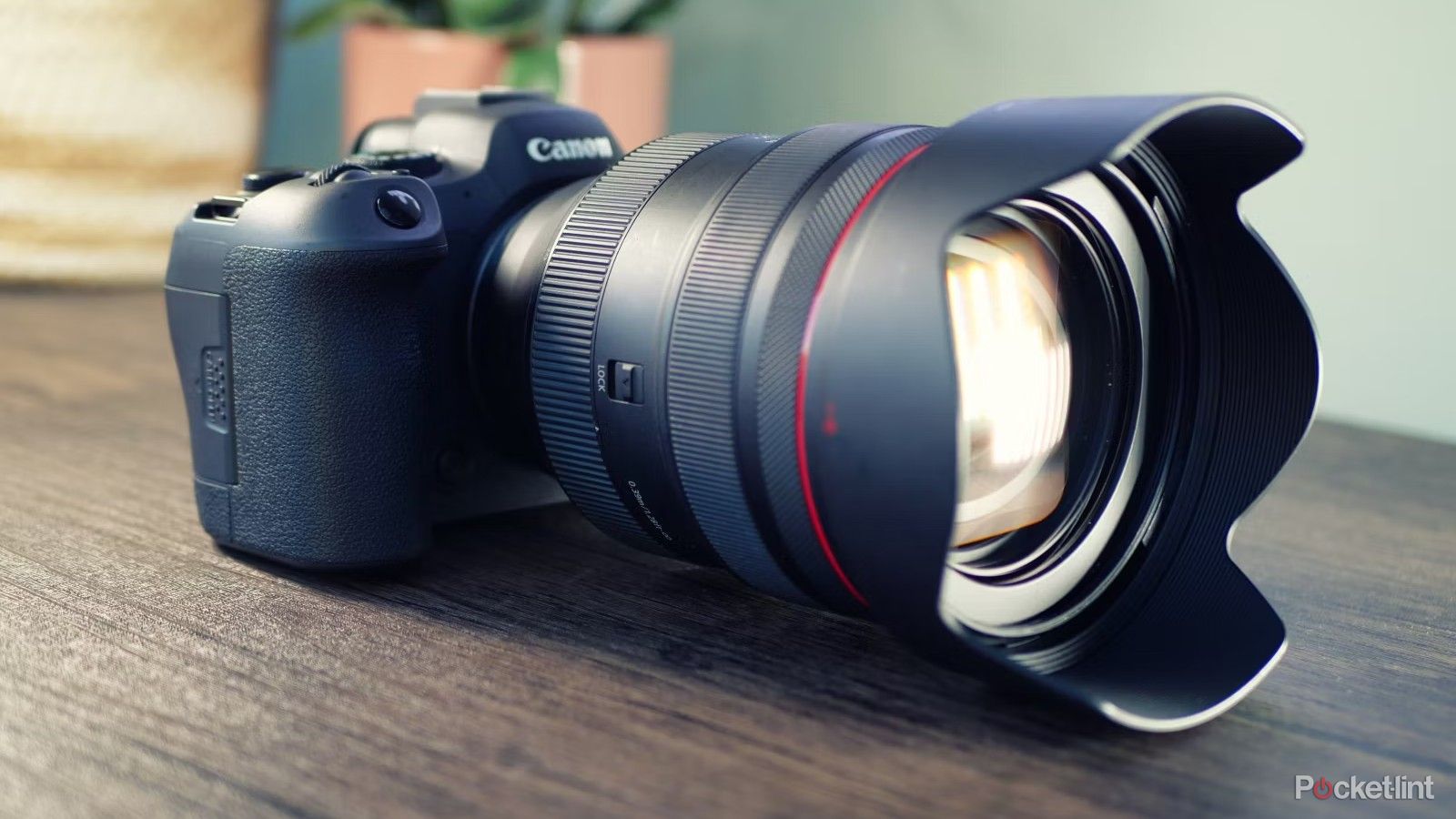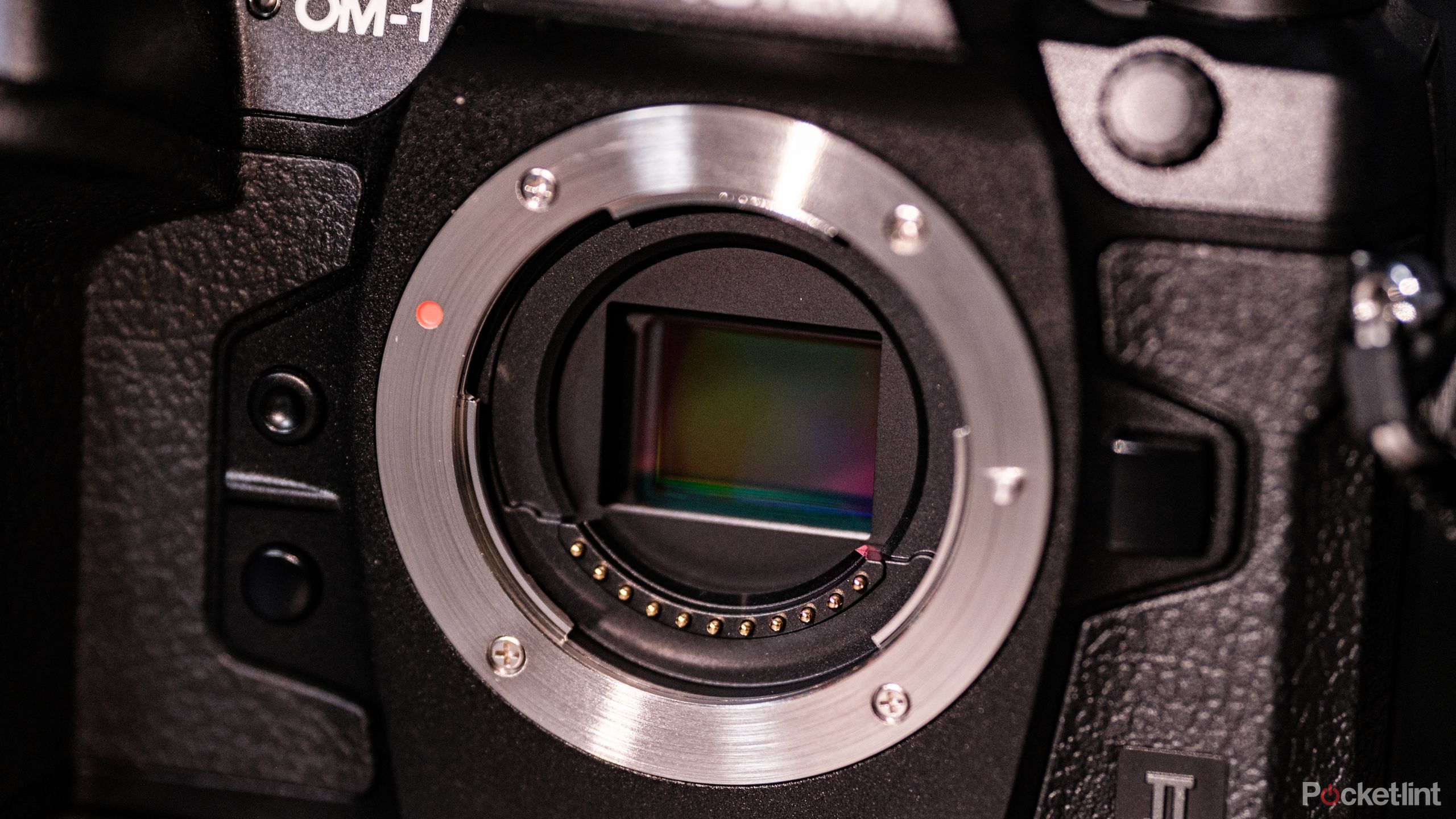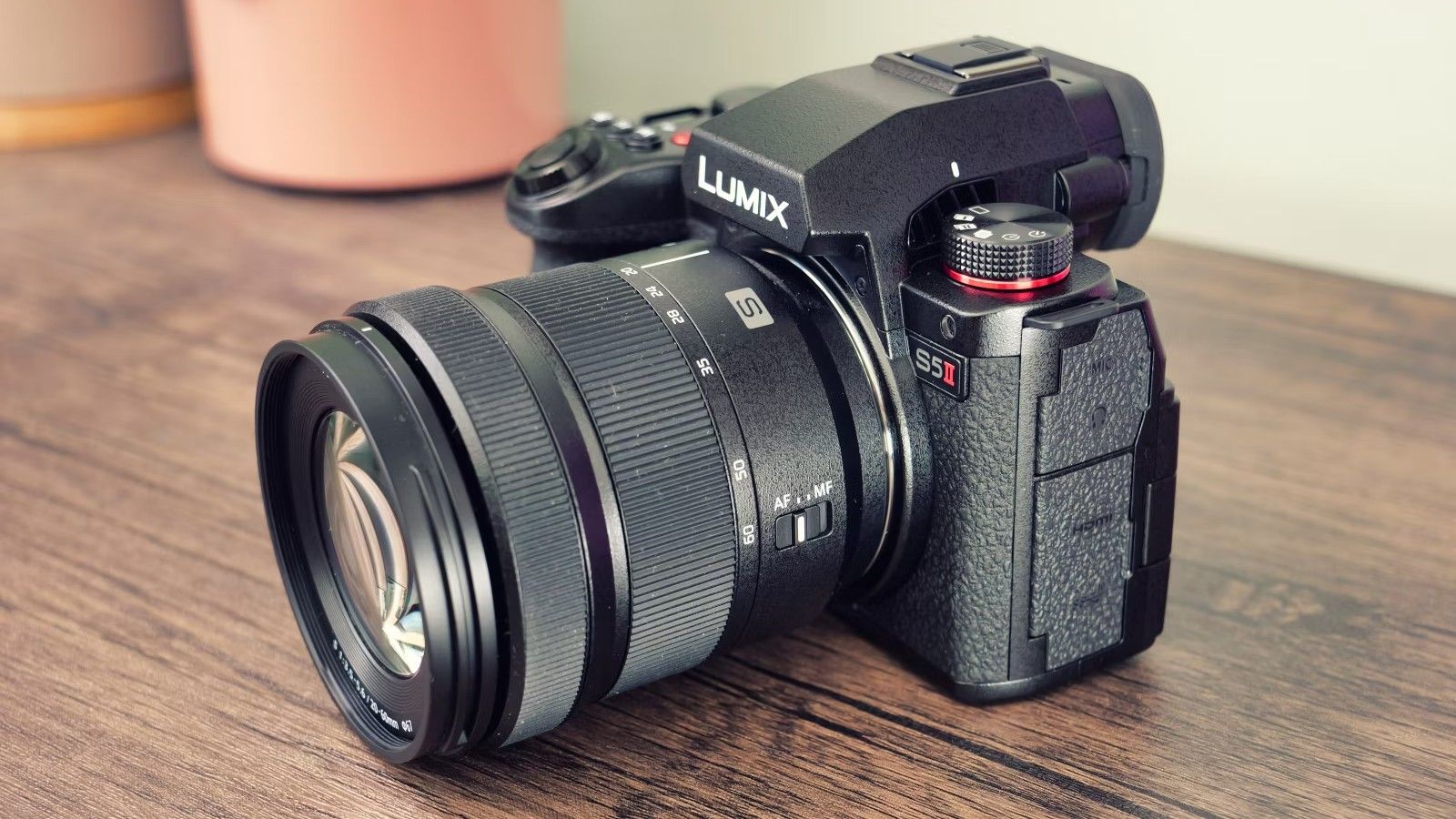For decades, DSLR cameras were the tools in professional photographers’ hands, with entry-level options holding major appeal for budding shutterbugs. But DSLRs are no longer the only interchangeable lens digital cameras on the market. While mirrorless cameras got a slow start in the mid-2000s, several key advancements have led to professional-grade mirrorless options from major brands over the last decade.
In fact, key players like Sony, Canon and Nikon now focus new launches exclusively on mirrorless technology. While the list comparing DSLR versus mirrorless has more commonalities than differences, several key features now make mirrorless cameras the more technologically advanced choice, with the benefits of a DSLR mostly landing on their battery life and price.
Take a scroll through Instagram, and you would be hard-pressed to tell which images were shot with a DSLR and which were captured on mirrorless cameras.
Best cameras for filmmaking: 5 top picks for video with professional specs
With 4K+ resolutions, jumbo sensors, and extreme framerates these cameras give filmmakers a professional edge.
DSLRs are now old school, while mirrorless houses the latest advancements in photography. Yet, take a scroll through Instagram, and you would be hard-pressed to tell which images were shot with a DSLR and which were captured on mirrorless cameras. Which begs the question, are mirrorless cameras always the better choice in 2024? In terms of features, performance, ease of use, and even long-term investment, mirrorless is the clear winner. But, just as some photographers still continue to shoot analog film, the DSLR isn’t exactly extinct. So should photographers always buy mirrorless, or do DSLRs still hold some appeal? Read on to find out.
 What is a DSLR camera?
What is a DSLR camera?
DSLR is an acronym that stands for “Digital Single-Lens Reflex.” You can go through each part of the name to learn more about how it works. The digital part means that the camera operates with a fixed digital sensor. Single-lens means the camera uses the same lens for framing, focusing, and taking the photo. Finally, reflex references the system where a mirror shoots the incoming light into the optical viewfinder.
In general, the image above perfectly demonstrates the internal mechanisms of a DSLR camera. Light comes in through the lens, refracts off of an internal mirror up to a pentaprism and into your eye through the viewfinder. The image sensor rests behind the mirror. When you take a picture, the mirror flips up so that the image sensor can collect the data before the mirror flips back down.
There are pros and cons. However, the largest benefit is that the viewfinder image is always optical, so you see what the camera sees. The biggest detriment is that DSLRs are among the most complex camera systems with tons of moving parts.
 What is a mirrorless camera?
What is a mirrorless camera?
Mirrorless cameras are technologically simpler and yet more advanced than DSLRs, which is why they’re taking over in such a big way. They omit the mirror in favor of a digital viewfinder. So, while you can’t see exactly what the camera sees, it does provide a what-you-see-is-what-you-get experience that lets you tune the image before taking the photo. Unlike a DSLR, with a mirrorless camera, you’ll see your exposure settings and how bright or dark the image is before you take the picture. You can even apply filters like black and white before you shoot, seeing the effects live through the electronic viewfinder.
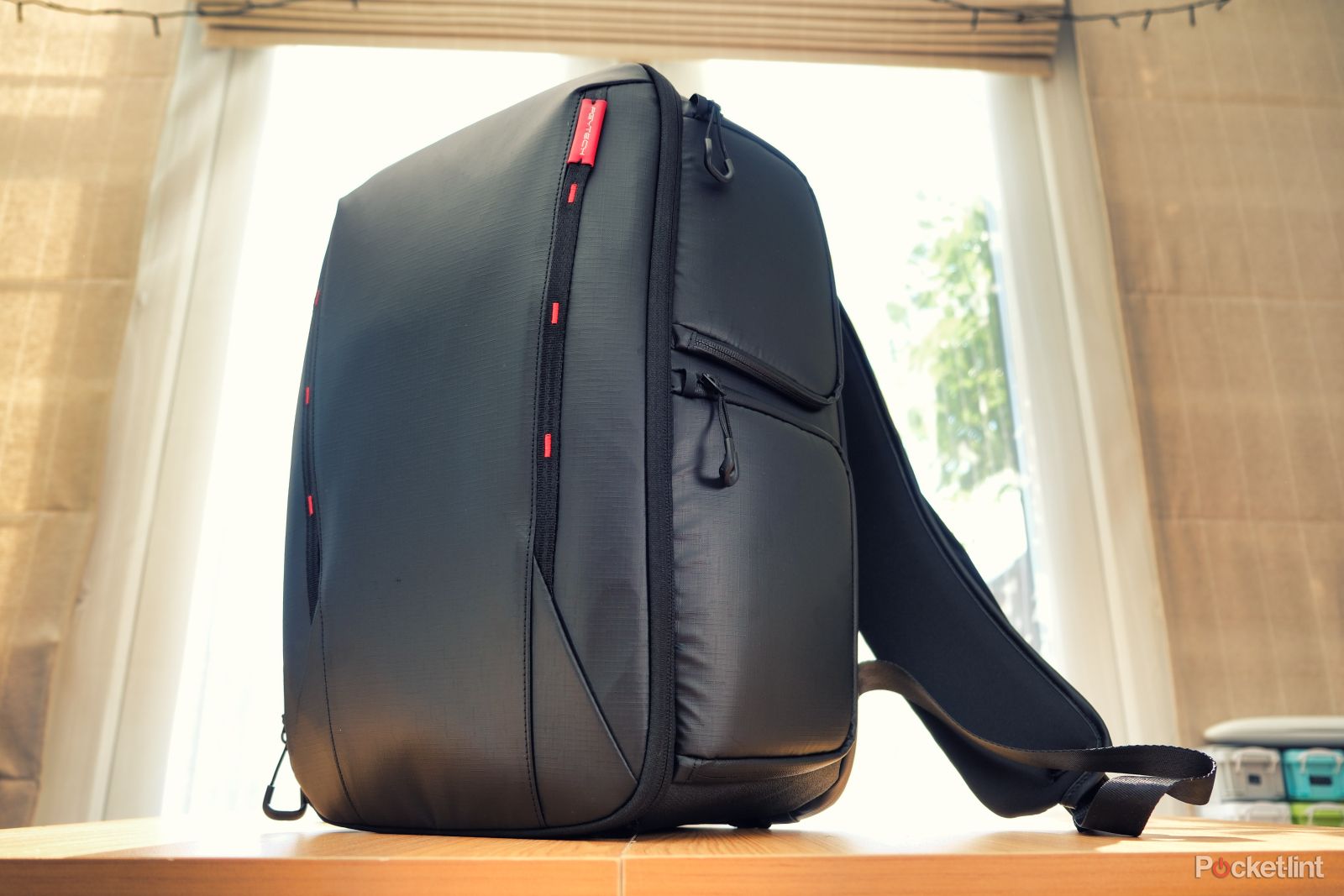
Best camera bags: Transport your camera gear in comfort and style
If you’ve invested in some camera equipment, keep it protected and organized in one of these excellent bags.
You can see the difference in the image above. There is no mirror and no pentaprism. The light from the lens goes straight to the image sensor. That information is then relayed to the viewfinder digitally in most cases. There are some mirrorless cameras with optical viewfinders, but that’s not typical. The omission of a mirror causes a mirrorless camera to be lighter, quieter, and simpler overall. With fewer parts to move, mirrorless cameras can shoot faster bursts of photos in quick succession.
More technological advancements are now directed towards mirrorless cameras, with fewer brands still producing DSLRs. For example, the electronic viewfinder can display things like focus-peaking, which highlights whatever is in focus in red, so it’s easy to see if the camera is properly focused, which is something optical viewfinders on DSLRs can’t do. However, all of this requires power. Given the same size of battery, a mirrorless camera will drain the battery faster.
DSLR vs mirrorless cameras: Pros and cons
So, now that we know the main differences, let’s look at the pros and cons of each.
6 DSLR pros that make still make them relevant
- DSLRs still have good image quality. Just because it’s an older technology doesn’t mean it suffers here.
- The optical viewfinder shows you a sharp, unprocessed view of whatever the camera lens sees in real-time, which is great for shooting action scenes.
- DSLRs feature longer battery life since there are fewer electronic components at work.
- These days, they’re generally less expensive, which makes them great for beginners.
- While there are adapters that bridge the gap somewhat, DSLRs have a larger overall lens selection.
- Because DSLRs are older, it’s fairly easy to find affordable used bodies and lenses from reputable dealers, if you are on a budget, while many are still available new.
7 DSLR cons that should be considered
- More complex internal systems make DSLRs generally heavier and bulkier than mirrorless cameras in most cases.
- The optical viewfinder is rarely a one-to-one comparison of what the image sensor will see when you snap a photo. If the photo is too bright or too dark, you can’t tell without using the meter or looking at the photo after you’ve already taken it. Unless, of course, you use the digital LCD screen instead of the viewfinder, which often tends to perform a little sluggishly.
- DSLRs have slower burst speeds than mirrorless cameras, particularly because mirrorless cameras can use an electronic shutter with an electronic viewfinder.
- DSLRs can be harder to learn on — the electronic viewfinder and subject detection autofocus make many types of photography easier to learn on a mirrorless camera.
- Since DSLRs are becoming less common, you’ll see fewer of them with newer features, like USB-C charging or higher-resolution video capture.
- Many major brands are no longer making DSLRs. While DSLRs still produce solid images today, in five or ten years, when you want to upgrade, chances are there won’t be a new DSLR model to choose from, only mirrorless.
- In general, DSLR lenses tend to be less sharp than mirrorless (though this isn’t the case 100% of the time).
8 mirrorless pros that confirm their rise
- Less complex internals means a lighter, smaller overall camera.
- The lack of moving parts means mirrorless cameras are considerably better at shooting video as well as fast burst photography.
- The what-you-see-is-what-you-get viewfinder and rear LCD screen help get shots right with less editing. Electronic viewfinders are very helpful for beginners, yet many pros also prefer them too.
- Manufacturer research and development is all-in on mirrorless, so the format gets all the new features. For example, there are mirrorless cameras with 8K video recording. DSLRs don’t have that.
- Mirrorless cameras have subject recognition autofocus. A mirrorless camera can automatically focus on a person’s eyes, a bird, or even a race car with little input from the photographer. With a DSLR, the photographer needs to move the focus point to the subject.
- Upgraded viewfinder displays, autofocus systems, and hybrid systems have made mirrorless more-or-less even with DSLRs in areas where DSLRs used to be better, such as accurate autofocus.
- Many mirrorless cameras have stabilization built into the body to reduce blur from shaky hands. While not impossible, this is a rare feature to find on a DSLR, where typically only the lenses can be stabilized.
- Thanks to a wider mount, many mirrorless lenses are superior to DSLR optics, though this isn’t true 100% of the time. Mirrorless lenses tend to be sharper and some have wider apertures than what you can find on a DSLR.
3 mirrorless cons to keep in mind
- Mirrorless tends to be more expensive than DSLR cameras, especially these days.
- Digital viewfinders may temporarily blackout as the image is being taken, which can make it harder to anticipate the next shot. High-end sports mirrorless cameras have a feature called a no-blackout viewfinder, which keeps the view active the entire time. However, this is a feature typically found among the more expensive models.
- DSLRs still win the battery life battle.
DSLR and Mirrorless camera similarities
Quite frankly, mirrorless and DSLR cameras are more similar than they are different. They can both shoot photos and videos, although mirrorless is better at the latter. Both types of cameras also have full manual controls, interchangeable lenses, and the same support for memory cards (usually SD cards, but some mirrorless cameras use XQD or CFexpress instead). In both categories, you can find some cameras with weather sealing. Both types also have hotshoes that are compatible with the same accessories, such as flashes.
Camera mechanics like aperture, ISO, and shutter speed work the same on both types of cameras. Both types can do autofocus, burst shooting, and other advanced camera features as well.
Having used both types of cameras, I can tell you that most of the muscle memory I developed on the DSLR translated perfectly to mirrorless cameras.
In terms of shooting mechanics, the two systems are nearly identical. You’ll still use the viewfinder and rear LCD the same way. Most of the buttons and controls are in similar places. Even the settings menus are similar. For example, my Nikon D5300, a DSLR, has an almost identical menu look and structure to my Nikon Z6 II, a mirrorless camera. In some cases, DSLRs have a more ergonomic hand grip. But, this varies from brand to brand. For example, Canon’s high-end mirrorless models have a grip that feels very similar to its DSLR options.
So, while the two systems do have differences, physically using them isn’t a terribly different experience. You’ll still want to obey the basics, like not changing your lenses in the rain. Having used both types of cameras, I can tell you that most of the muscle memory I developed on the DSLR translated perfectly to mirrorless cameras.
DSLR vs mirrorless cameras: Which is better?
Generally speaking, mirrorless cameras are better. They are the newer technology, which means they’re getting improvements with each new generation of cameras. Most of their weaknesses are being worked on by companies as well. For example, early mirrorless cameras had horrible digital viewfinders. Now, they’re nearly as good as optical lenses, with some Sony cameras sporting 240 Hz viewfinder displays.
Mirrorless cameras tend to house more new features. Chief among these is eye detection autofocus and subject detection autofocus, which makes it easier to quickly focus on the subject. Stabilized camera bodies are also easier to find among mirrorless models. Some mirrorless models have stabilization that is so good, you can take a shot that’s a few seconds long without ever needing a tripod.
In time, mirrorless cameras should shore up their remaining weaknesses and surpass DSLRs in every arena, so they are a pretty safe bet moving forward.
Mirrorless cameras are also a better long-term investment. Once you buy a camera, you start buying lenses and accessories that are compatible with that body. While you can use an adapter to fit some DSLR lenses on mirrorless, you lose some of the benefits to mirrorless optics like a sharper image and fast autofocus performance. If you haven’t already started collecting lenses, mirrorless lenses will likely be in your gear bag much longer.
In time, mirrorless cameras should shore up their remaining weaknesses and surpass DSLRs in every arena, so they are a pretty safe bet moving forward. For example, some mirrorless models have a really great battery life now. Even today’s best mirrorless cameras are better than most of today’s best DSLR cameras.
Pocket-lint
With that said, it’s not like DSLRs are chopped liver. If you already own a DSLR camera that you love, you shouldn’t feel obligated to make the switch. The optical viewfinder will become a fossil, but it’s still the most accurate view of what your camera sees. Plus, there are a lot of great budget-level DSLRs, making them the better choice for photographers on a budget, provided you don’t need advanced video features like 4K at 60 frames per second.
If you already own a DSLR camera that you love, you shouldn’t feel obligated to make the switch.
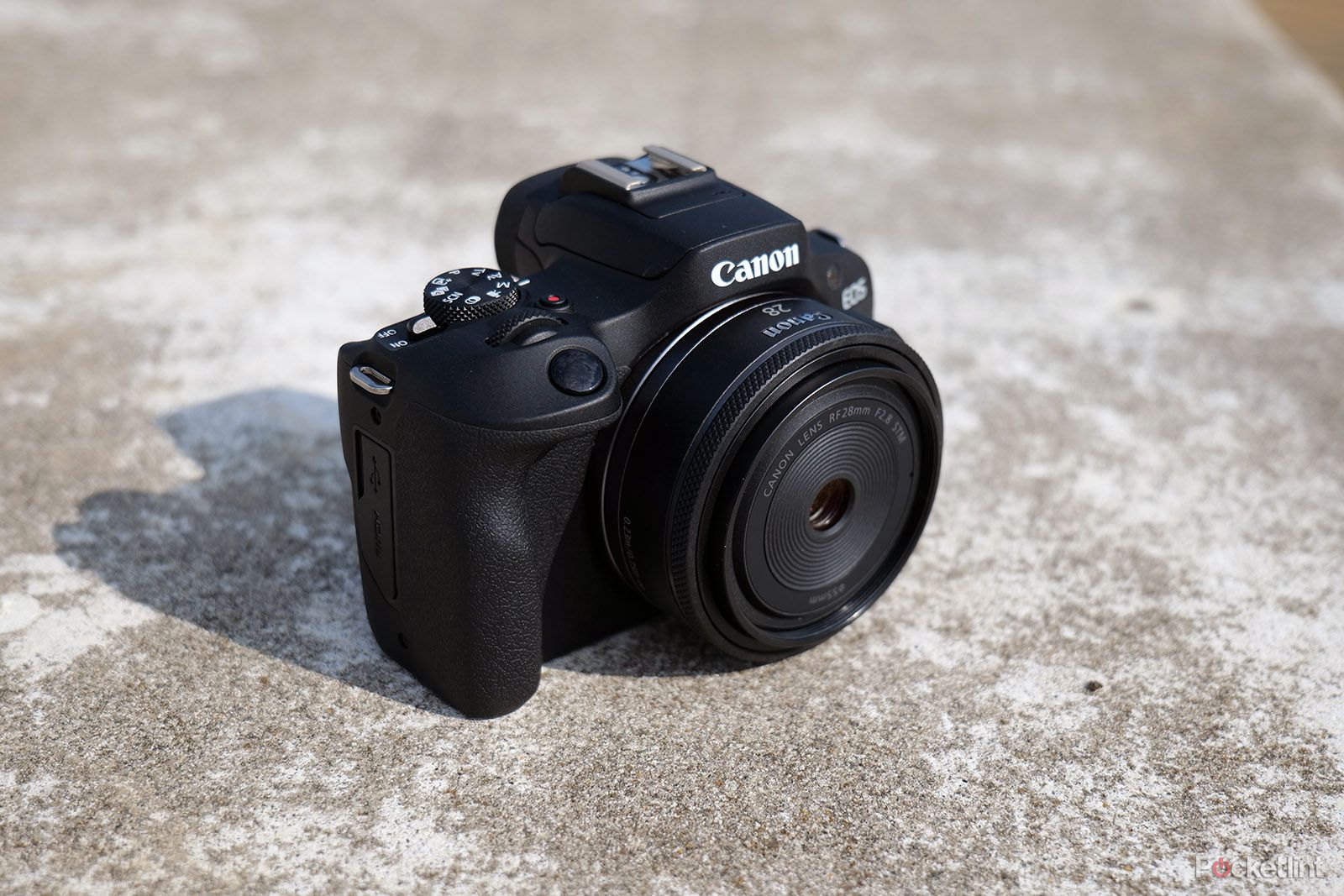
Best cameras for beginners: Photographer tested and reviewed
New to photography? The best beginner cameras can capture gorgeous photos and videos without costing a fortune.
However, we think the biggest advantage is battery life. DSLRs have vastly better battery life, which makes them better for photography in environments where chargers can’t go. You’ll need to carry physically fewer batteries, which is both more convenient and less expensive. So, if optical viewfinders and long battery life interest you, DSLRs are still a viable option.
Most photographers will find the features and design of mirrorless cameras the better choice — particularly considering many manufacturers focus on tech innovations here. But can you look at an image and tell if it was taken with a mirrorless or DSLR? Probably not. Which means if battery life and price are your chief considerations, DSLRs are still a viable, though dated, option.
Trending Products

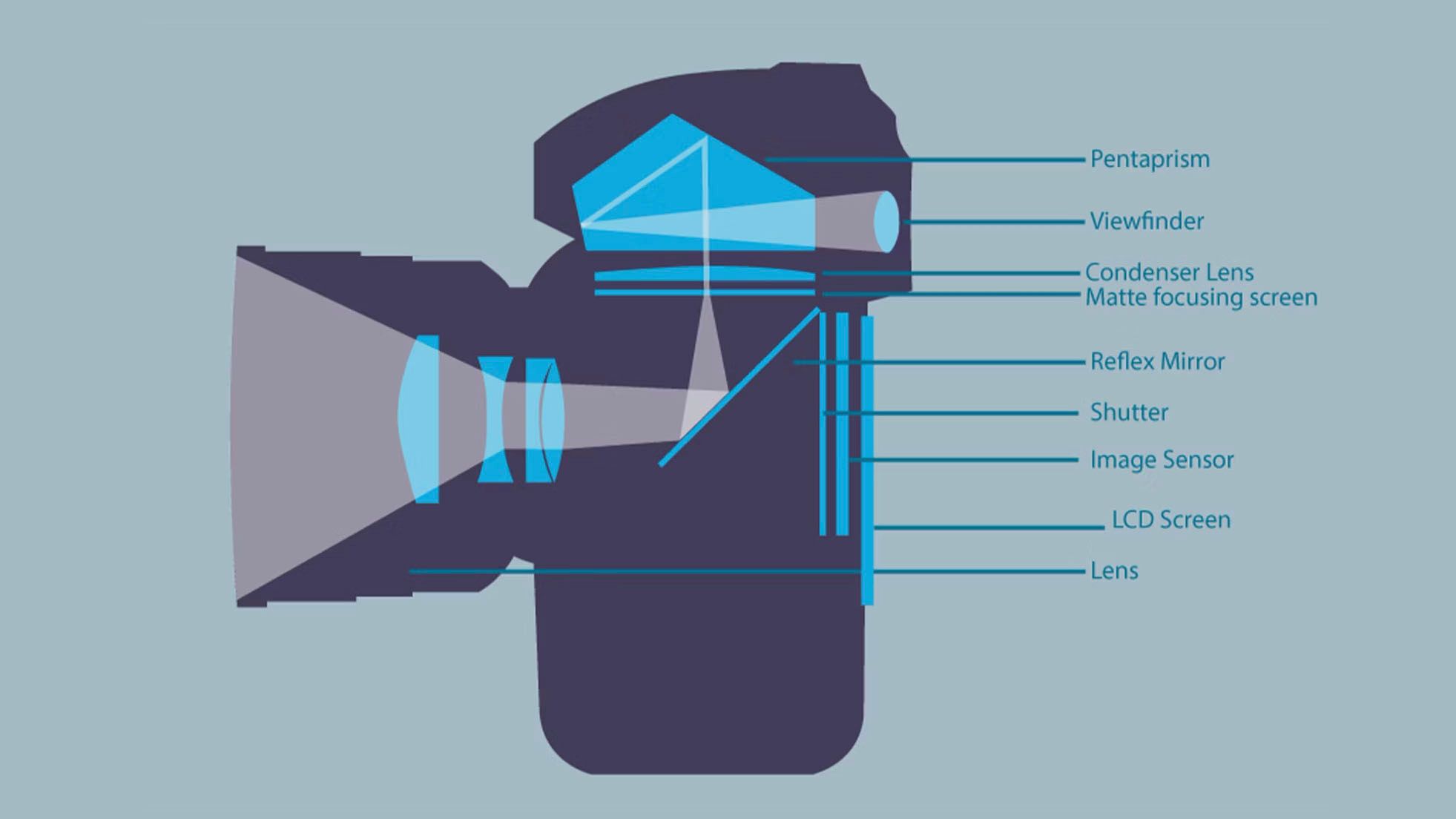 What is a DSLR camera?
What is a DSLR camera? 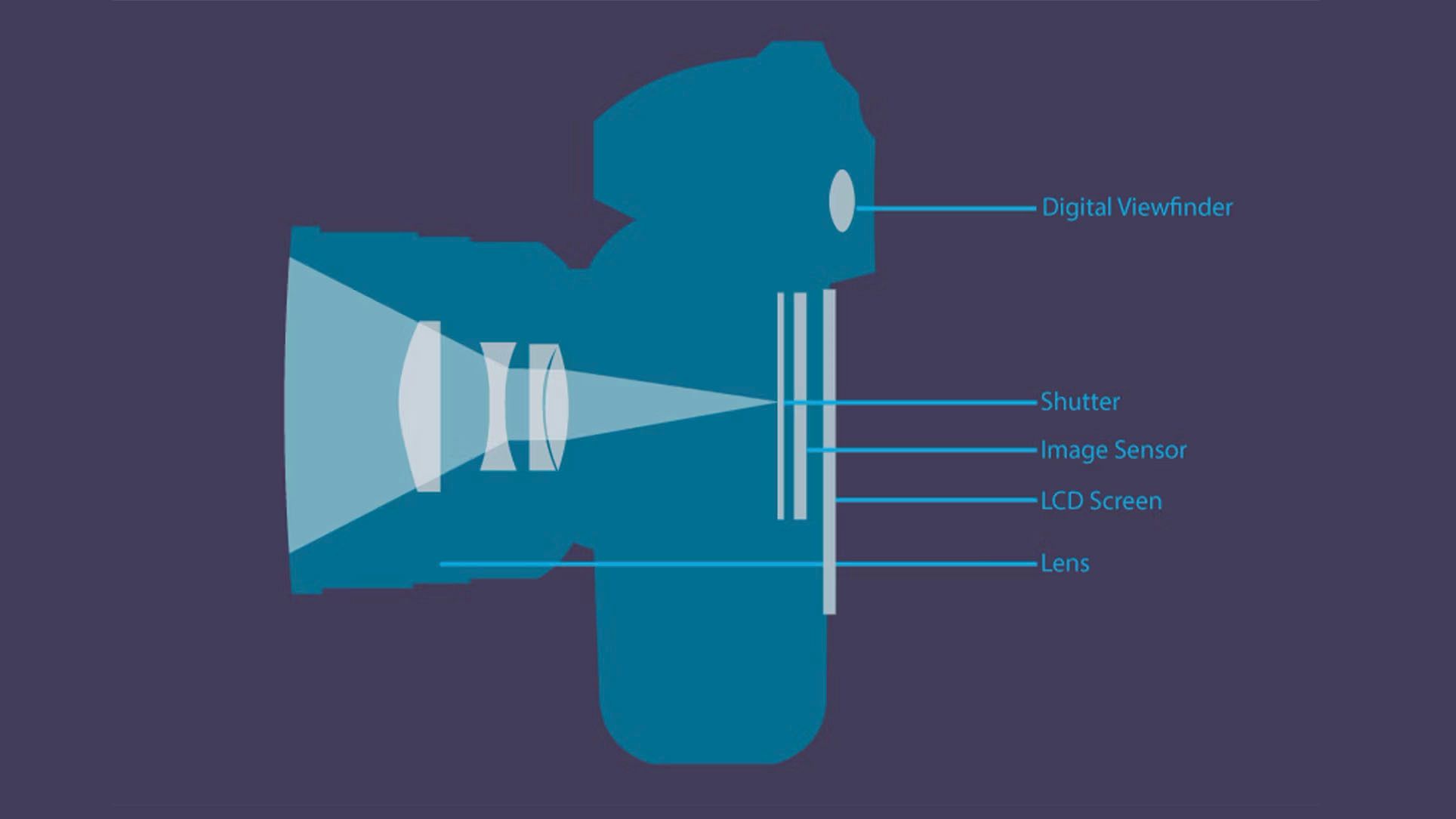 What is a mirrorless camera?
What is a mirrorless camera? 